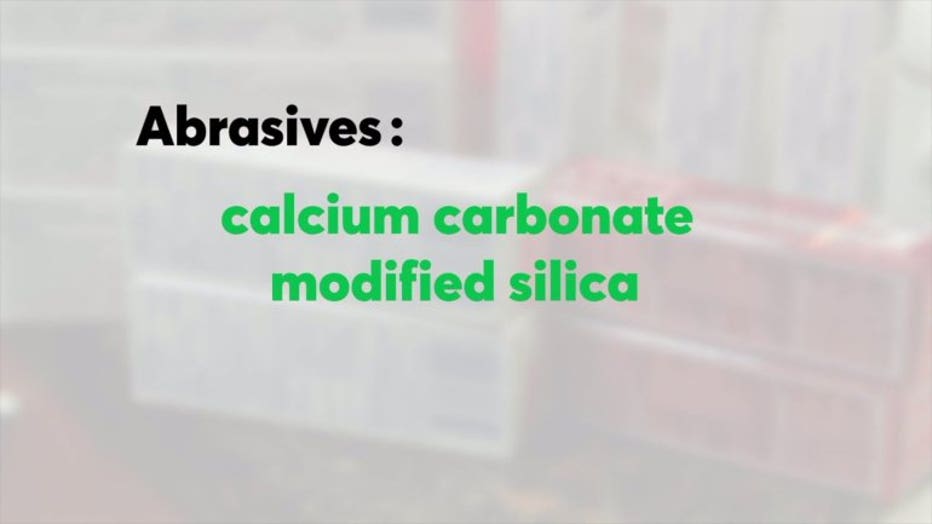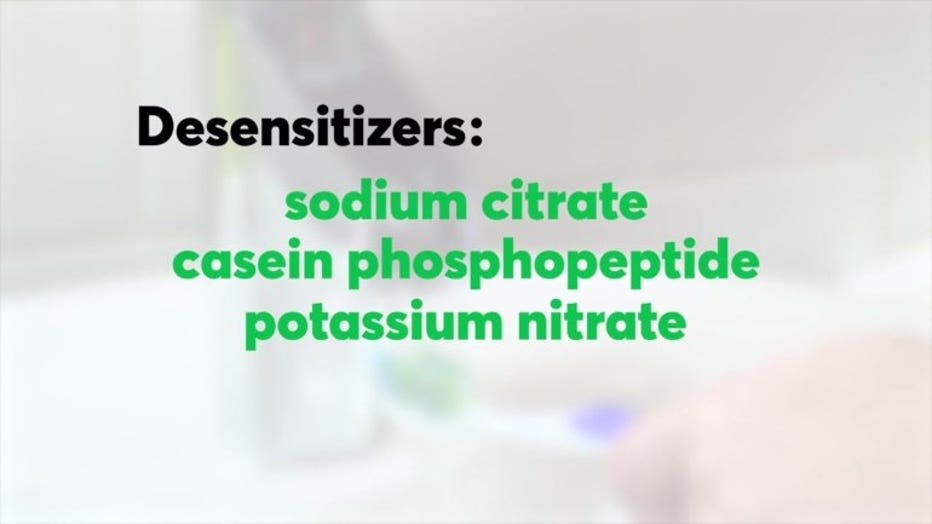What's in your toothpaste?
Many of us brush our teeth twice a day, but do we really know what’s in toothpaste? Consumer Reports reveals the toothpaste ingredients to look out for.
If you have an older tube of Colgate Total in your bathroom, check the ingredients. If it has triclosan, toss it. Triclosan is an antibacterial that may help prevent gingivitis but may also cause side effects including endocrine disruption. It could also have an impact on your body’s immune system and contribute to antibiotic resistance.
Triclosan was banned from hand soaps and body washes in 2017. It's still allowed in toothpastes but is essentially gone from the market. Colgate's new Total SF toothpaste doesn't contain triclosan.

So what should be in your toothpaste?
"The first thing you should look for is fluoride, which will help decrease tooth decay," said Dr. Michael Schwarz.
Some toothpastes contain xylitol. A few small studies suggest that, when paired with fluoride, xylitol can prevent cavities better than fluoride alone. But, keep in mind, xylitol can be toxic to dogs.
Other ingredients include baking soda and sodium bicarbonate, which may help reduce plaque, and hydrogen peroxide, which can act as a whitener, although some experts say it's not concentrated enough or on your teeth long enough to make a noticeable difference.


Then there are abrasives, calcium carbonate and modified silica, to help remove food debris and surface stains.
If your teeth are sensitive to hot and cold, you might want to use a toothpaste that contains desensitizers. Used regularly, ingredients such as sodium citrate, casein phosphopeptide and potassium nitrate may help relieve sensitivity.
There's also sodium lauryl sulfate, or SLS. It creates foam to help circulate the toothpaste into the spaces between your teeth.

All Consumer Reports material Copyright 2019 Consumer Reports, Inc. ALL RIGHTS RESERVED. Consumer Reports is a not-for-profit organization which accepts no advertising. It has no commercial relationship with any advertiser or sponsor on this site. For more information visit consumerreports.org.

